Urbanization in Russia can be viewed in the narrow sense of the word as the growth of cities and their population. In a broader sense, this process involves an increase in the importance of the urban way of life in the development of modern society.
Process features
A similar process is observed at different historical stages of the formation of human society, but only in the nineteenth century there is a significant congestion of people in cities. In the XX century, the urbanization of Russian cities is increasing. The peak of this process falls on the post-war period.
Modern urbanization in Russia is the process of uniting large cities in an agglomeration.
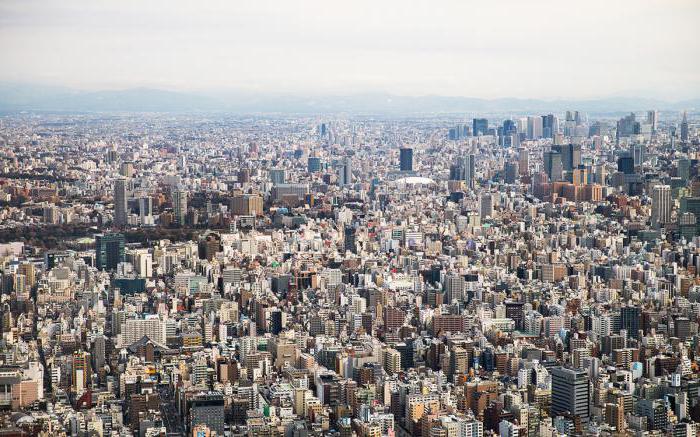
The meaning of the process
In a meaningful sense, urbanization is a holistic process that implies a change in the social functions and cultural content of the urban population, needs, capital, production tools. The ecological approach to urbanization, which is the most developed in the country, involves the use of principles and methods of development of territories, taking into account the specifics of the natural environment.
Urbanization in Russia has the following features:
- intensification, concentration, versatility of urban activities in agglomerations and cities;
- the urban way of life spreads not only in large centers, but also outside them;
- the formation of large-scale urban agglomerations;
- gradual transition from single centers to strip, nodal, linear agglomerations;
- an increase in the radius of settlement outside the urbanized areas, which are associated with recreation areas, industrial areas.
Urbanization of the population of Russia leads to an inevitable deformation of the structure of suburban areas, a reduction in parameters Among the characteristic features of the processes, we note suburbanization, which involves the rapid development of territories near large cities. Also today, there is a ruurbanization, which is associated with the introduction of the norms and conditions of urban life in the countryside.
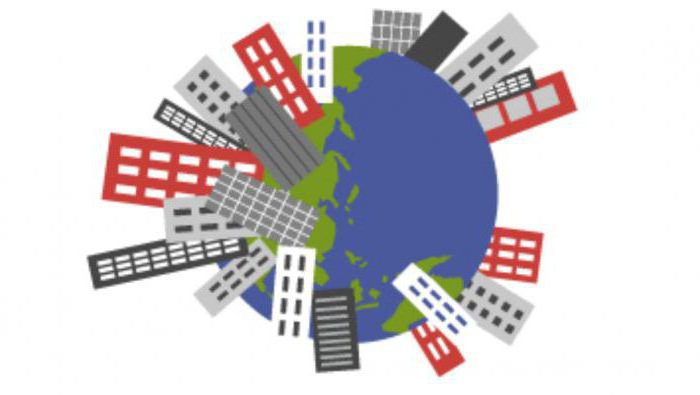
The first stage of urbanization in our country
The level of urbanization in Russia has changed significantly since the beginning of the last century. In the 20-50s of the XX century, the country was an underdeveloped power. It was significantly inferior to the European states in terms of urbanization.
At that time, the percentage of the urban population was only 15 percent. But even then St. Petersburg was also singled out in Russia. Tula, Astrakhan, Rostov-on-Don were also noted among the large settlements, whose inhabitants led an urban lifestyle.
At that time, urbanization in Russia was poorly developed, small cities were only formally considered centers, in reality there was practically no large industry in them.
The growth of the share of city dwellers in the country was rather slow, and by 1914 the percentage of urbanization in Russia had reached no more than 17 percent.
In the following decades, the situation changed radically, as a result, the share of the urban population increased tenfold, the townspeople began to account for more than half of the total population.
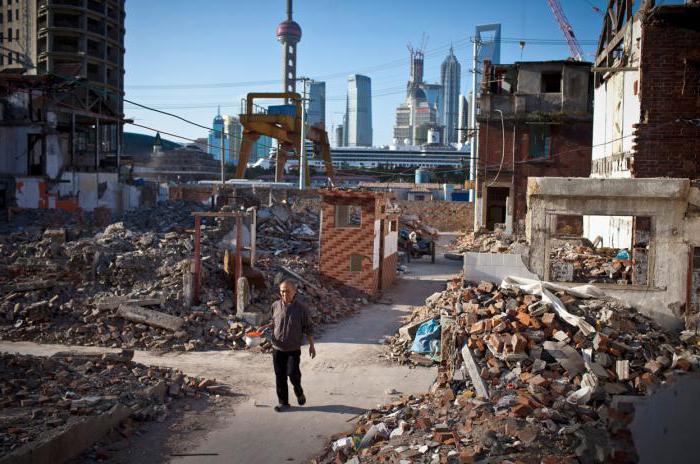
The process of urbanization in Russia proceeded at an especially fast pace in the thirties of the twentieth century. The annual growth of the urban population at that time was about ten percent. Industrialization was carried out in the country at an accelerated pace, which attracted the population to the cities. Due to violent collectivization, people were forced to leave their villages, villages, and move to cities.
It was the village people who acted as the main source of the increase in the urban population. In the second half of the twentieth century, the annual increase in urban settlements amounted to a million people, which became a record figure for Russia.
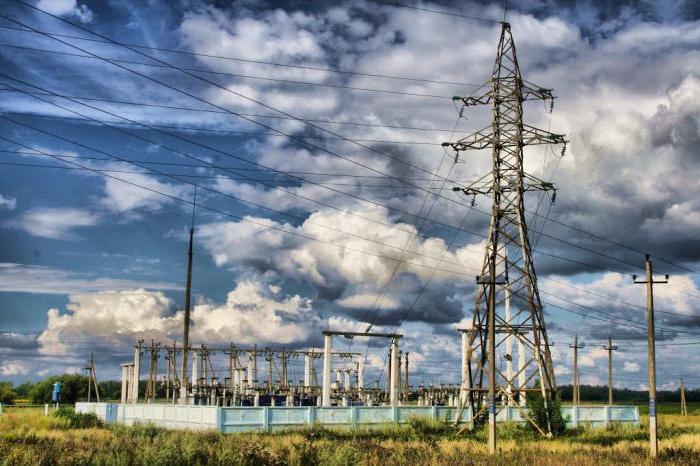
Second phase
It fell on the second part of the last century. This time can be characterized by the rapid industrial development in the post-war period. In addition to the rapid increase in the number of urban dwellers, their lifestyle began to be broadcast and spread in rural areas. The peculiarities of urbanization in Russia at this time were the growth in the number of cities from 877 to 1037. In the USSR, by 1981, cities accounted for half of all Soviet settlements.
At this time, the importance of intensive urbanization factors is growing due to the internal differentiation of this process. If initially the sphere of urbanization was concentrated in individual cities, then the new level of urbanization in Russia led to its spread throughout the country. This process is the most important social and economic feature of the state, characterized by overcoming the differences between the countryside and the city.
Instead of compact cities, urbanized areas began to appear, in which industrial production and population were concentrated, the distribution of residents was carried out according to the principle from the center to the outskirts.
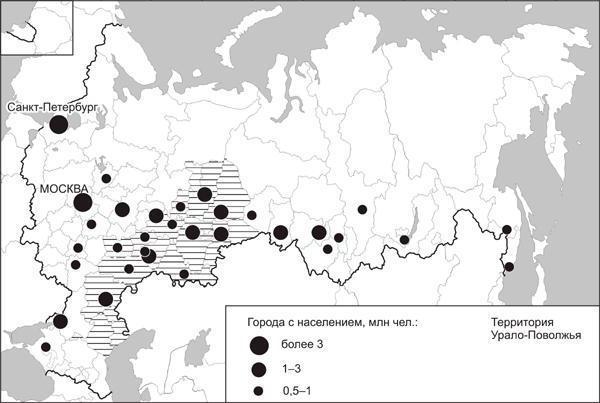
Third stage
How did urbanization proceed in Russia? The development of the process at this stage was characterized by a downward trend in the number of urban residents; it was called the “Russian cross”. Unfortunately, the downward trend in the quantitative composition of urban settlements is observed at the present time.
The reason for the significant decrease in the number and share of the urban population in the late nineties of the last century was the economic crisis. It was he who contributed to the emergence of the natural decline of Russians. For several years, there has been a migration outflow of residents from cities to
A similar “crisis” decrease in the number of townspeople is currently observed in the north of the Russian Federation, people tend to move to the central regions of the country, or to leave for St. Petersburg and Moscow.
Moscow and Leningrad regions are the most numerous Russian agglomerations. A low percentage of the urban population exists in the North Caucasian region. This phenomenon can be found at once two weighty explanations. In this region, there are favorable climatic and natural conditions for the existence of agriculture, therefore, the region has a high density of villagers. Here are the national republics in which urbanization is not encouraged.
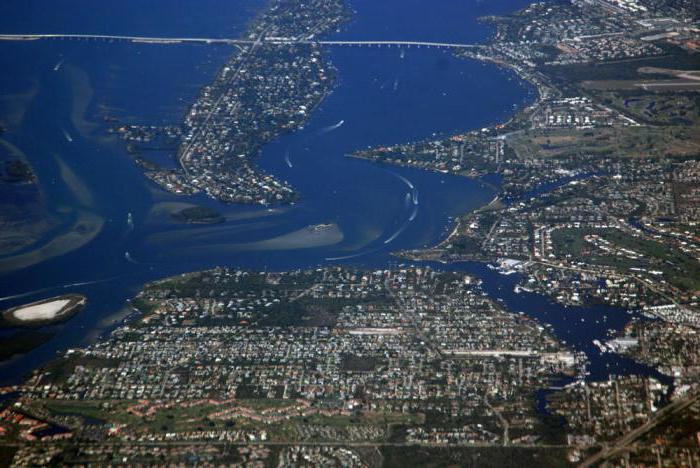
Special territories
Among the regions of the Russian Federation with the maximum concentration of townspeople, the Murmansk Region and the Khanty-Mansiysk Autonomous Okrug are distinguished.
Urbanization of the Primorsky Territory of Russia is proceeding rather slowly in comparison with the development of the central domestic regions. In addition, the share of rural residents here is also low, since there are no favorable conditions for the development of territories in the region.
At the very end of the twentieth century, signs of suburbanization began to appear. The minimum concentration of urban residents (less than half) is characteristic of national autonomies, which always lag behind urbanization processes. In addition to most of the North Caucasian republics, they include Altai, Kalmykia, Koryak, Evenk, Buryat autonomous districts.
The share of the urban population in the Krasnodar Territory is also small, since there are ideal conditions for growing various agricultural crops.
Categories of city centers
In Russia, cities and urban-type settlements are distinguished. They can be resort, summer cottages, workers, depending on the conditions of their creation. There are certain criteria according to which rural settlements are distinguished from urban settlements.
In the course of the administrative changes that took place in the nineties of the twentieth century, such a new entity as the Ust-Orda Buryat Autonomous Okrug appeared in our country. It is interesting in that it does not have a single urban settlement.
Selection criteria
The number of residents who are involved in agriculture is taken into account (the indicator should not exceed 15 percent of the total population). There are certain requirements for cities and for the number of inhabitants. In order for a settlement to receive the status of a city, at least 12 thousand people must be registered in it.
Some of the cities, in which the number of inhabitants has significantly decreased, retained their original status for a long time. Only at the beginning of the twenty-first century began the process of their transformation into either rural settlements.
New trends
In the second half of the last century, urban settlements arose on the territory of the country in two cases:
- as a result of the development of new natural resources, Mirny, Nizhnevartovsk, Bratsk, Novy Urengoy appeared;
- in the course of expansion and transformation of regional centers and urban-type settlements.
Urbanization processes moved both in depth and breadth. This process was especially pronounced in the Rostov, Tyumen, Orenburg regions, Karelia, Altai Territory. Basically, similar processes were observed in national autonomies and agricultural southern regions.
Since earlier in these areas there was a reduced share of the urban population, the increase in the differentiation of regions was reflected in the level of urbanization at the end of the twentieth century. Among the reasons that have caused significant changes in urbanization trends, we highlight:
- unjustified transfer of large agricultural settlements to urban settlements;
- artificial preservation in the status of "city" of those settlements in which the number of inhabitants has significantly decreased.
During the socio-economic crisis faced by our country, people were looking for any way to survive. The villagers endured all the difficulties much easier, since they had the opportunity to run their own subsidiary plots.
Conclusion
In Russia, the process of urbanization has its own distinctive characteristics. Recently, a rather difficult economic situation has developed in the country, which negatively affected this process. It turned out that it is much easier for rural residents to withstand all the hardships and hardships associated with the increase in tariffs for electricity, water, utilities, rather than townspeople. That is why the population in small Russian cities is gradually decreasing, they are turning into urban-type settlements.
Such phenomena are absolutely not typical for European settlements, therefore they can rightfully be considered the distinctive characteristics of our country.
Recently, there have been some positive developments associated with an increase in the birth rate in the country. This leads to a slight increase in the number of citizens, even in those regions where the economic situation is difficult.
The measures of social support that are provided to young mothers stimulate their desire for the birth of a second, third child. Of course, we cannot yet say that urbanization is proceeding at a rapid pace, but the characteristic of the end of the twentieth century has practically passed.
Recently, new cities have not appeared, while the consolidation of existing settlements is taking place.




